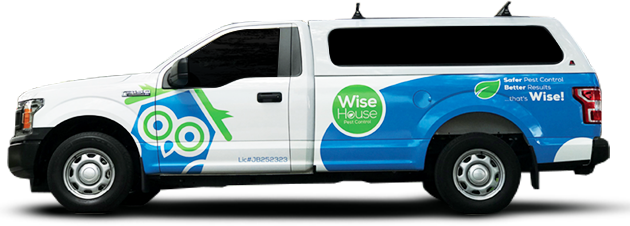Did you know? An adult rodent only needs an opening the size of a quarter to gain entry inside your home… what the rats! Rodents depend on humans to survive in search for food, water, and shelter. Cold weather can potentially have rats scurrying towards homes for warm shelter. Trying to control rodents in South Florida requires some much needed knowledge, but is worth every second of your time. Below we will cover the history, biology, and tips on how to spot and prevent a rodent infestation.
History
The “Bubonic Plague” sounds like some evil villain’s super power out of a comic book. We all have learned about it in school, at least if you were paying attention, if not here you go. Nicknamed the “Black Death,” this disease was spread by a bacteria called Yersinia Pestis carried by fleas living on rats that killed millions of people and eventually wiped out 60% of Europe. The rats were common passengers on ships that spread goods throughout the Mediterranean. The “ship rat” is thought to be originated from Southeast Asia and is commonly referred to as the Roof rat today.
The plague is not just some old dark age bacteria, at least one person dies every year from the plague still to this day. According to the CDC, 15 people have been infected with the plague in 2017.
Another disease carrying fur-ball is the Norway rat. It has already staked its claim in the public health risk department too. Although the plague is not common in Norway rats, they are still a force to be reckoned with, spreading diseases such as: murine typhus, rabies, and food poisoning through salmonella. The Norway rat was thought to have originated from Central Asia and has found its place in the United States, especially around the coastal areas and canals. All together, rodents can spread up to 10 different kind of diseases.
Biology
Ninja Turtle movies got it correct when they made Master Splinter’s character a rat. In real life, rats are like ninja acrobats: twisting, bending, and jumping out of tree branches. Rats will leap up to 8 feet from a tree branch onto your roof and can jump as high as 36 inches. Scaling walls with stealth like agility and being excellent swimmers is all in the DNA of a “rodent ninja warrior”.
As if being able to circus their way onto your property wasn’t enough, once they get there they have the tools to break in almost anywhere they want. This is because rats have teeth that are harder than copper, iron, and platinum. Using all that hardened weaponry, rats will gnaw, meaning chew, at every crack and crevice they can fit their nose into, looking for: food, water, and shelter. They must constantly gnaw to keep their sharpened sword like incisors (those giant teeth you picture when you think of a rat) down; this is because a rats teeth are rootless and will grow throughout their entire life.
The best way to identify your ninja rat opponent, if you shall ever come into battle with one, is the tail. Roof rats have a tail longer than the head and body combined. The Norway rat has a shorter tail than the head and body combined. The eyes and ears are also a pretty good indicator of the type of rat as well, the Roof rat has big ears and eyes while the Norway rat has smaller ears and eyes. A family of little ninja rat warriors can quickly become a problem once established in your attic. On average, rats can have between 8 to 12 baby ninjas in a litter and will have between 4 to 6 litters per year. The cycle comes around full circle quick. A baby rat can reach sexual majority in as little as 3 months, kung fu fighting it’s way to creating more little ninja trainees.
How To Spot A Rat
-
Gnaw marks made at entry points.
-
Fresh droppings in and around the home in places like: the garage, attic, kitchen, and outside cooking grill.
-
Dark grease like stains leading into entry points and on their runways.
-
Burrows in the ground (shallow for Roof rats, deep for Norway rats).
-
Foot prints; you can detect rodent activity by leaving out flour in suspected areas.
Prevention
-
Keep the exterior of the home clutter free and your outdoor grill clean after each use.
-
Don’t leave open garbage inside or around your home.
-
Don’t leave doors open, especially the garage door.
-
Keep your trees and shrubs cut back and away from the structure, especially fruit trees.
Exclusion
-
Fill all entry points on the exterior of your home with rodent proof material, such as wire mesh, steal cloth, and concrete.
-
Install rodent-grade door sweeps at the bottom of doors that don’t sit flush to the threshold.
-
Cover vent stacks on the roof with chicken wire and secure with steal clamps.
-
Fill the ac chase line with wire mesh or steal cloth, spray foam alone is not enough.
-
Make sure the exterior dryer vent has a flapper that opens and closes when not in use.
Wise House Environmental Services is available if you’re in need of some back up to fight a rodent infestation. We also provide general pest control for bugs, such as: Ants, Roaches, Spiders, Bed Bugs, and more! If you’re in need of quality pest control that delivers on time, then call for your free inspection now!

1-800-556-4185
Main Office
4781 N Congress Ave Ste 289
Boynton Beach, FL 33426
Map & Directions
Quick Links
Human & Pet-Friendly Pest Control
For Not-So-Friendly Pests!

